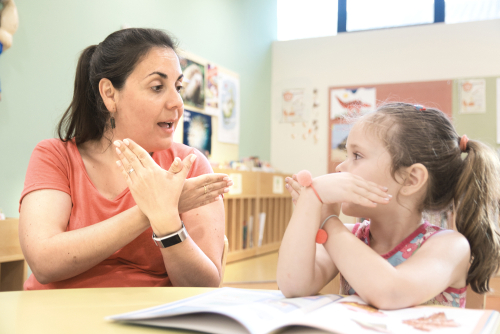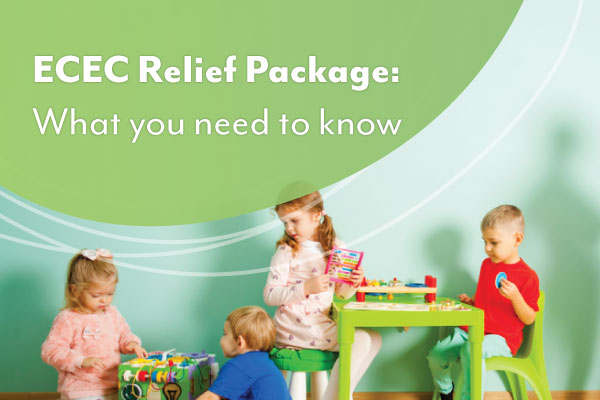
All adults were children once and just like adults, children’s temperament and personalities can vary a lot. That’s why learning how to understand temperament can be useful.
When assessing a child’s temperament, there are nine basic temperament traits to consider.
These temperament traits are:
- Activity level: how physically active a child tends to be
- Distractibility: how easy it is for the child to become distracted from a task
- Intensity: the level of energy and passion (positive or negative) that goes into their responses
- Regularity: whether the child has a pattern to their basic functions such as eating, sleeping etc at regular times
- Sensory threshold: how much sensory arousal is required to gain a response from a child
- Approach and withdrawal: the child’s response to a new situation, which can be either hesitant, eager or somewhere on that scale
- Attention span: having the capacity to focus on a task
- Mood: is the child generally positive, happy, serious, negative?
- Adaptability: whether a child is able to transition between activities with ease or takes time to adjust
Handling different children’s temperaments in child care
Working in child care you will come across children with a wide range of temperaments and personalities. Chances are you will find some easier than others, and that’s only natural. For example, parents usually find that its easier parenting a child of a similar temperament to their own, while a child whose temperament is quite different can take a bit more time and understanding.
It is important for child care professionals is to learn how to adjust to the variety of temperaments. It’s also worth noting that temperament can change, and most likely will as children reach different developmental stages and milestones.
Understanding why children behave in a certain way in situations that arise can enable you to be more patient and aware, and ultimately a better child care worker.
If you don’t yet know how to’identify potential behavioural issues in children’, then click here!



